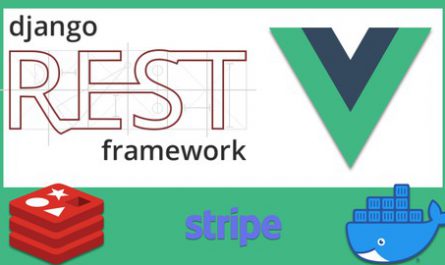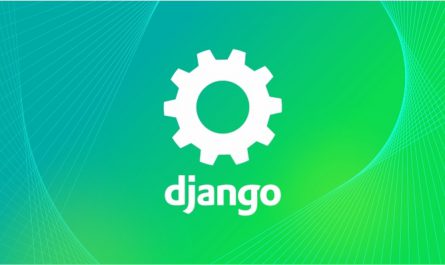
Description
These PySpark Tutorials aim to explain the basics of Apache Spark and the essentials related to it. This also targets why the Apache spark is a better choice than Hadoop and is the best solution when it comes to real-time processing. You will also understand what are the benefits and disadvantages of using Spark with all the above-listed languages You will also read about the concept of RDDs and other very basic features and terminologies being used in the case of Spark. This course is for students, professionals, and aspiring data scientists who want to get hands-on training in PySpark (Python for Apache Spark) using real-world datasets and applicable coding knowledge that you’ll use every day as a data scientist.
Pyspark is a big data solution that is applicable for real-time streaming using Python programming language and provides a better and efficient way to do all kinds of calculations and computations. It is also probably the best solution in the market as it is interoperable i.e. Pyspark can easily be managed along with other technologies and other components of the entire pipeline. The earlier big data and Hadoop techniques included batch time processing techniques.
Pyspark is an open-source program where all the codebase is written in Python which is used to perform mainly all the data-intensive and machine learning operations. It has been widely used and has started to become popular in the industry and therefore Pyspark can be seen replacing other spark-based components such as the ones working with Java or Scala. One unique feature which comes along with Pyspark is the use of datasets and not data frames as the latter is not provided by Pyspark. Practitioners need more tools that are often more reliable and faster when it comes to streaming real-time data. The earlier tools such as Map-reduce made use of the map and the reduced concepts which included using the mappers, then shuffling or sorting, and then reducing them into a single entity. This MapReduce provided a way of parallel computation and calculation. The Pyspark makes use of in-memory techniques that don’t make use of the space storage being put into the hard disk. It provides a general purpose and a faster computation unit.
Who this course is for:
- The target audience for these PySpark Tutorials includes ones such as the developers, analysts, software programmers, consultants, data engineers
- Other audience includes ones such as students and entrepreneurs who are looking to create something of their own in the space of big data.
Requirements
- The pre-requisite of these PySpark Tutorials is not much except for that the person should be well familiar and should have a great hands-on experience in any of the languages such as Java, Python or Scala or their equivalent. The other pre-requisites include the development background and the sound and fundamental knowledge of big data concepts and ecosystem as Spark API is based on top of big data Hadoop only. Others include the knowledge of real-time streaming and how big data works along with a sound knowledge of analytics and the quality of prediction related to the machine learning model.
Last Updated 7/2021
Download Links
Direct Download
PySpark for Data Science – Beginners.zip (878 MB) | Mirror


